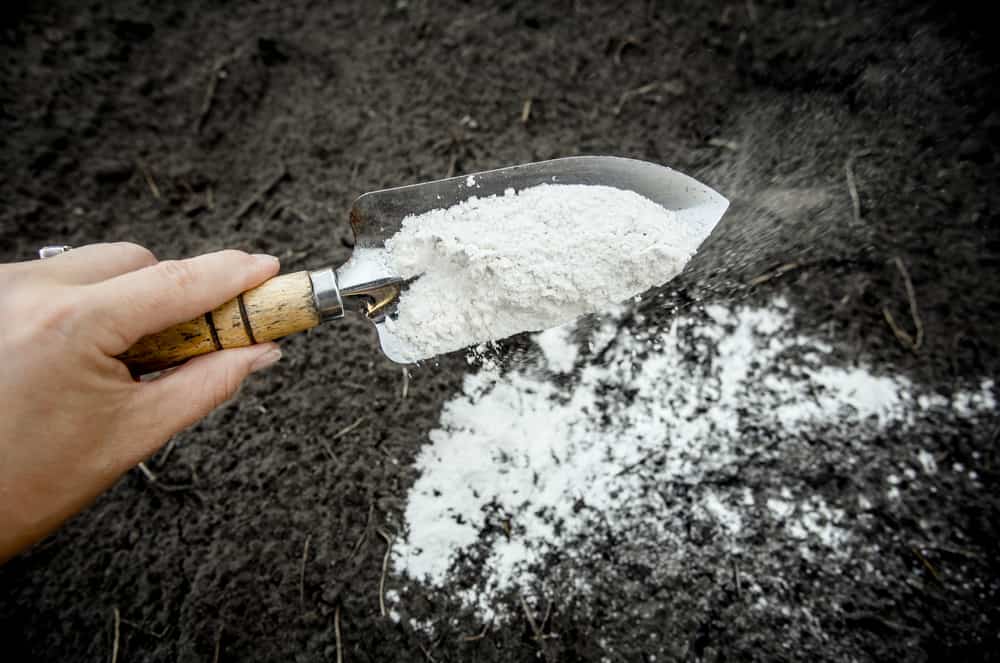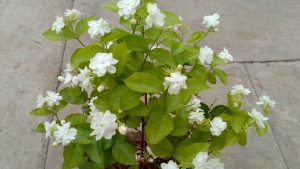Are your garden plants looking a little lackluster? Maybe they’re not growing as well as you hoped, despite your best efforts. Well, it turns out that the secret to vibrant and thriving plants might just be a little sprinkle of lime. Yes, you heard that right – lime! While commonly associated with margaritas or key lime pie, this humble white powder has hidden powers when it comes to gardening. In this article, we’ll explore what exactly garden plants need lime for and how adding this magical ingredient can transform your green space into a flourishing oasis.
What Is lime?
Lime is a versatile and essential element in gardening that often goes overlooked. Derived from limestone or chalk deposits, lime primarily enhances soil pH by reducing acidity levels. This process allows plants to access key nutrients, such as nitrogen and phosphorus, which are vital for growth and development. However, lime’s benefits extend beyond modifying pH levels; it also improves soil structure by enhancing its ability to retain water and nutrients.
In addition to its impact on soil composition, lime serves as a crucial factor in plant health. Many gardeners are unaware that certain plants thrive in more alkaline environments provided by limed soils. Examples of these lime-loving plants include lilacs, hydrangeas, and many vegetables like broccoli and beets. Incorporating lime into your garden not only promotes optimal growth conditions but also enhances color vibrancy among flowers while boosting the overall productivity of fruiting crops.

Benefits Of Using Lime In The Garden
Adding lime to your garden soil can have a range of benefits for your plants and overall garden health.
- One major advantage of using lime is its ability to balance the pH level of soil. Most plants thrive in slightly acidic soil, but if your garden soil is too acidic, it can hinder nutrient absorption and affect plant growth. Lime helps neutralize the acidity and create a more balanced environment for your plants to flourish.
- Another benefit of using lime in the garden is its role in improving nutrient availability. When soil pH is high or too acidic, certain nutrients become locked up in the soil and are not readily accessible to plants. By adding lime, you can increase the availability of key nutrients like phosphorus, potassium, and nitrogen that are essential for healthy plant growth. This ensures that your plants receive all the necessary nutrients for optimal development and productivity.
In addition to balancing pH levels and improving nutrient availability, lime also enhances microbial activity in the soil. Beneficial microorganisms play a crucial role in breaking down organic matter into nutrients that are easily absorbed by plants’ roots. The increased microbial activity results in improved nutrient cycling and greater overall fertility of the soil. With healthier soil comes stronger plant roots, better water retention capabilities, and more resilient gardens that are better equipped to combat pests and diseases.
Signs That Your Garden Plants Need Lime
1. Yellow Or Stunted Growth:
One of the most common signs that your garden plants may need lime is yellowing or stunted growth. Certain plants, like tomatoes and peppers, require a slightly acidic soil pH to thrive. However, if the pH becomes too low (more acidic), these plants can struggle to absorb essential nutrients from the soil, resulting in yellow leaves and poor growth. Lime helps raise the pH level of the soil, making it more alkaline and providing an optimal environment for nutrient uptake.
2. Moss Growth:
If you notice an abundance of moss growing in your garden beds or on top of your plant containers, it could indicate a need for lime. Moss typically thrives in acidic environments with compacted soil conditions. By applying lime to your garden area, you can help reduce acidity levels and create a less favorable environment for moss growth. This will allow your desired plant species to establish better root systems and effectively compete for nutrients without competing with invasive moss.
3. Acid-Loving Plants Struggling:
While some plants prefer slightly alkaline soils, others thrive in acidic conditions. Acid-loving plants such as azaleas, rhododendrons, blueberries, and hydrangeas require a lower pH range to access specific nutrients efficiently. If these acid-loving plants start displaying signs of nutrient deficiencies like yellow leaves with green veins (chlorosis), it might be an indication that they are not receiving adequate access to essential minerals due to high pH levels in the soil. Allowing lime application
How To Apply Lime To Your Garden Plants
Applying lime to your garden plants is a simple yet essential step for promoting healthy growth. Not only does it help to balance the soil’s pH levels, but it also provides vital nutrients that are necessary for plant development. When applying lime, it is crucial to consider the specific requirements of each plant in your garden.
- One important aspect to keep in mind is timing. The best time to apply lime is during the fall or early spring when you are preparing your garden for a new growing season. This allows ample time for the lime to break down and integrate into the soil before planting. Applying lime too close to planting can hinder nutrient absorption and have minimal impact on the plant’s overall health.
- Additionally, it’s worth noting that not all garden plants require lime in equal amounts. Some plants, such as tomatoes and peppers, prefer slightly acidic soil, while others like blueberries thrive better in more acidic environments. Conducting a soil test will help determine if your plants need lime and how much should be applied.
Remember, when applying lime, even distribution is key. It is recommended to use a spreader or hand sprinkle evenly over the targeted area rather than concentrating large amounts in one spot. Following these guidelines will ensure that your garden plants receive an adequate supply of magnesium and calcium from the liming process without causing harm or imbalance within their environment
Conclusion:
In conclusion, balancing soil pH is of utmost importance in maintaining a healthy and thriving garden. By ensuring that the pH levels are within the optimal range for your specific plants, you create an environment where they can effectively absorb nutrients from the soil. This ultimately leads to improved growth, increased yield, and enhanced overall plant health.
One key aspect to consider when it comes to balancing soil pH is the impact it has on nutrient availability. When soil is too acidic or alkaline, essential nutrients may become locked up in the soil, making them unavailable for plants to take up. By adjusting the pH through various methods such as adding lime, you can unlock these nutrients and make them accessible for plant roots to uptake.
Furthermore, maintaining proper soil pH helps prevent deficiencies or toxicities of certain elements in your garden plants. Each type of plant has its own preferential range of acidity or alkalinity; by meeting these specific requirements, you not only optimize their growth but also minimize the risk of diseases caused by imbalanced nutrient uptake. Therefore, taking the time to properly balance soil pH is a vital step towards creating a flourishing and resilient garden ecosystem.






Be First to Comment